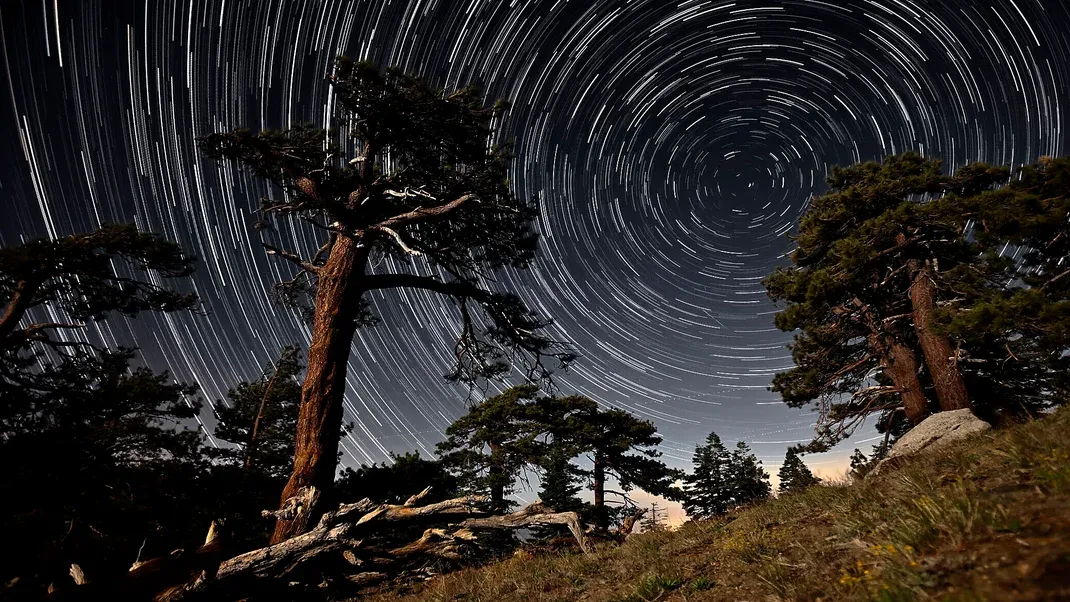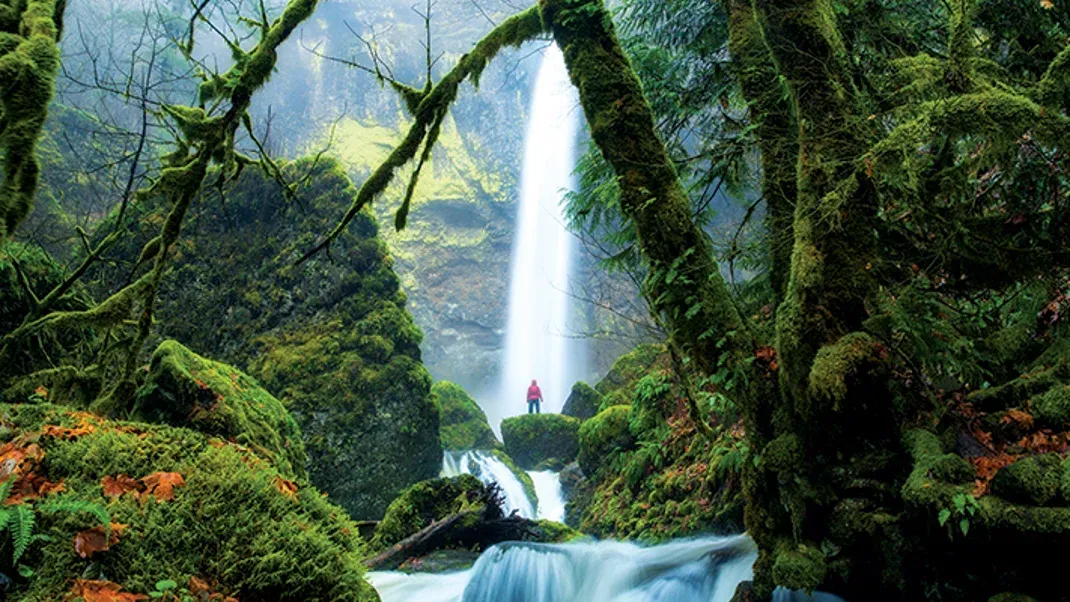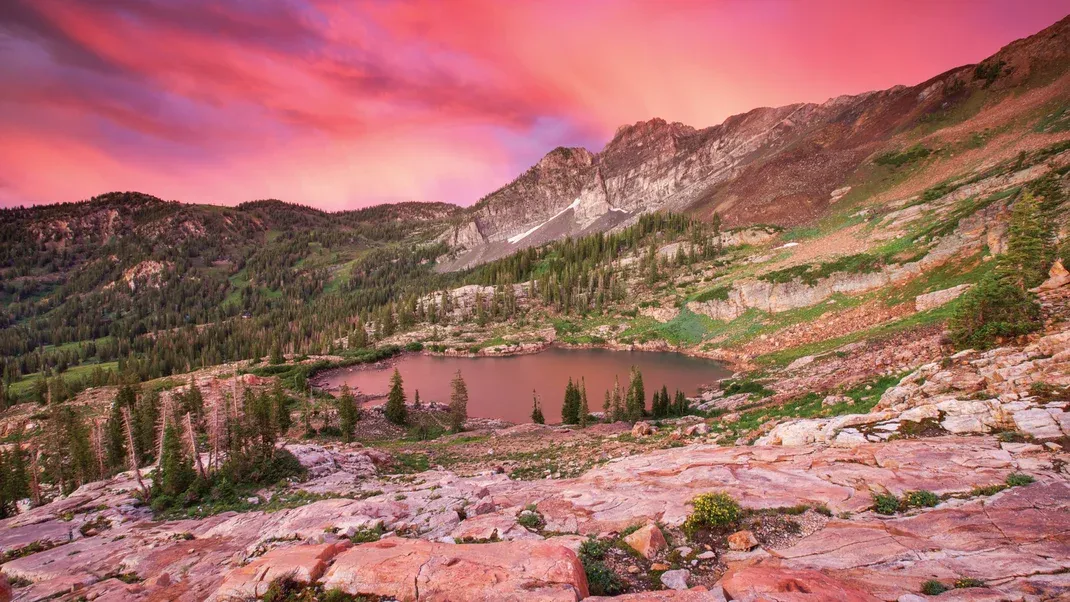Night Sky Photography – How to Get the Best Photos
Night sky photography involves capturing the beauty of the stars, moon, and other celestial objects in the night sky. To get the best photos, it's important to find a location with minimal light pollution, use a tripod to keep the camera steady, and use a wide aperture and long exposure to capture as much light as possible. Additionally, using a remote shutter release or the camera's timer can help prevent camera shake. It's also helpful to use a high ISO setting to capture faint stars and a fast lens to let in more light. With the right techniques and equipment, night sky photography can produce stunning and breathtaking images.

Night sky photography can be a truly magical and captivating experience. With the right techniques and equipment, you can capture stunning images of stars, the Milky Way, and even celestial events like meteor showers and eclipses. Whether you're a beginner or an experienced photographer, there are a few key tips and tricks to keep in mind when shooting the night sky in order to get the best photos possible.
First and foremost, it's important to find a location with minimal light pollution. Light pollution from cities and towns can wash out the stars and make it difficult to capture clear, vibrant images of the night sky. Look for a dark sky area, such as a remote location or a designated dark sky reserve, where the natural beauty of the stars can shine through without interference.
Once you've found the perfect location, it's time to set up your camera and equipment. A sturdy tripod is essential for night sky photography, as it will help you keep your camera steady and prevent blurry images. Additionally, a wide-angle lens with a fast aperture (f/2.8 or faster) is ideal for capturing the expansive beauty of the night sky and allowing as much light as possible to reach your camera's sensor.
When it comes to camera settings, there are a few key adjustments to make in order to get the best photos of the night sky. Start by setting your camera to manual mode, and then adjust the ISO to a high value (typically between 1600 and 3200) in order to capture as much light as possible. Next, set your aperture to its widest setting, and then experiment with different shutter speeds to find the perfect balance between capturing the stars and preventing motion blur. A good starting point is a shutter speed of 20-30 seconds, but you may need to adjust this based on the specific conditions and the effect you're trying to achieve.
In addition to these basic camera settings, it's also important to consider the white balance of your images. When shooting the night sky, you may want to set your white balance to "daylight" in order to capture the natural colors of the stars and the Milky Way. However, you can also experiment with different white balance settings to achieve a more creative or dramatic effect in your photos.
One of the most important aspects of night sky photography is focusing your camera properly. Since it can be difficult to focus on the stars in the dark, it's helpful to use the manual focus mode and set your lens to infinity. Additionally, you can use the live view mode on your camera to zoom in on a bright star or distant light to ensure that your focus is sharp and clear.
When shooting the night sky, it's important to be patient and take the time to experiment with different compositions and settings. Since the conditions can change quickly, it's a good idea to take multiple exposures and try different approaches in order to capture the perfect shot. Additionally, you may want to consider using a remote shutter release or the camera's self-timer function to prevent any camera shake or movement when taking photos.
In addition to capturing the stars and the Milky Way, night sky photography can also be a great opportunity to capture celestial events such as meteor showers, eclipses, and even the aurora borealis. By planning ahead and staying informed about upcoming events, you can position yourself in the right location and be ready to capture these rare and breathtaking moments in the night sky.
Finally, post-processing is an important step in getting the best photos of the night sky. With the right editing techniques, you can enhance the natural beauty of the stars and the Milky Way, adjust the exposure and contrast, and bring out the vibrant colors of the night sky. Whether you're using a professional editing software or a simple app on your phone, taking the time to refine and perfect your photos can make all the difference in creating stunning and captivating images of the night sky.
In conclusion, night sky photography is a truly awe-inspiring and rewarding experience. By finding the right location, using the right equipment and camera settings, and taking the time to experiment and perfect your shots, you can capture stunning images of the stars, the Milky Way, and celestial events. Whether you're a beginner or an experienced photographer, the night sky offers endless opportunities for creativity and exploration, and with the right techniques and dedication, you can create truly breathtaking photos that capture the wonder and beauty of the cosmos.




